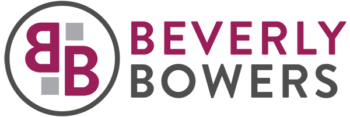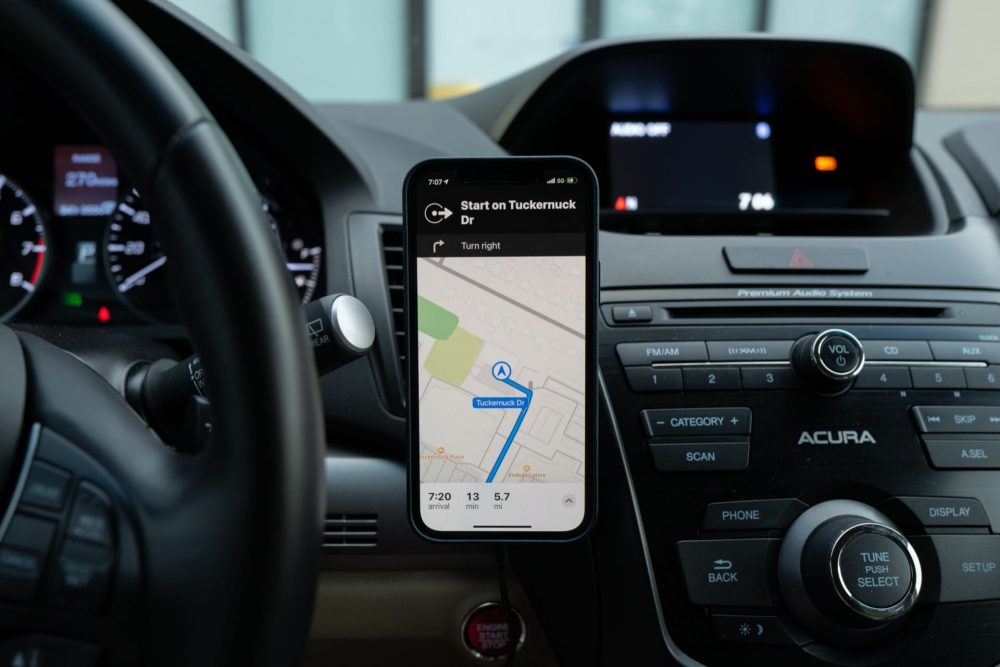Are you prepared for retirement? A study done by The American College and the State Farm® Center for Women and Financial Services found:
“Business owners, unlike most workers, were always responsible for funding their own retirement. It might be assumed, therefore, that retirement planning is a routine aspect of their financial activities. Evidence suggests, however, that small business owners have done very little planning and saving for the time when they must transition out of their businesses…… Women are particularly vulnerable to the risks associated with inadequate retirement funding. Since they live longer than men, they face a greater risk of running out of money to pay for expenses during their retirement years.”¹
The SECURE 2.0 Act of 2022 signed into law by President Biden on December 29, 2022, part of a much bigger Consolidated Appropriations Act, made almost 100 changes to retirement plan as well as personal IRA rules. Some encourage both employers and employees to save for their retirement and others help employers cover plan costs and pave the way to offer retirement plans where none currently exist. Still others relieve some of the restrictions and penalties associated with IRAs and are intended to encourage retirement saving in general.
Some of the rule changes are effective immediately and some will become effective in the future. The effective dates are noted.
Created Roth SIMPLE and SEP IRAs – 2023
The creation of both SIMPLE and SEP Roth IRAs became effective January 1, 2023. If you recall, Roth plans and IRAs accept only after-tax funds. When funds are removed from a Roth account, however, the contributions, growth, and earnings are generally not taxed, with a couple of stipulations.
A Roth retirement plan option may be beneficial for some employees. However, it may take some time for employers, plan administrators, and custodians to set up the procedures and policies associated with the new Roth plans and an employee must elect the Roth option. It is the employee’s choice provided the employer makes both types of IRAs available.
If an employee chooses a Roth plan and his or her employer makes contributions or matches with after-tax money, the employee will be taxed on the employer contribution or match as if it were income. If you think about it, that makes sense since the employee is 100% vested in SEP or SIMPLE plan assets, the funds become immediate property of the employee and all the assets will have the same tax status.
Allowed Employer Roth Matches to 401(k) and 403(b) Plans – 2023
Roth 401(k) and 403(b) plans are already offered by some employers. Up to this point, however, any employer contribution or match had to be pre-tax funds. My last employer offered a choice of a regular pre-tax 401(k) or a Roth 401(k). I chose a Roth 401(k) which meant I made after-tax contributions to my retirement account. My employer’s match, however, was required to be pre-tax. When I retired, my contribution portion of my 401(k) was rolled into a Roth IRA and my employer’s match was rolled into a Traditional IRA.
That changed with the new SECURE Act. Now an employee can choose whether to receive pre-tax or after-tax contributions and matches from their employer. As mentioned above, if the employee wants all the funds to go into a Roth 401(k) or 403(b), then the employee will be taxed on the employer contributions as if it were income.
Raised SIMPLE Plan Employer Contribution Limits and Employee Elective Deferrals and Catch-Up Limits – 2024
A SIMPLE IRA plan may only be sponsored by a small employer with 100 or fewer employees. The employer is required to either make matching contributions on the first 3 percent of compensation deferred or an employer contribution of 2 percent of compensation (regardless of whether the employee elects to make contributions – called “non-elective”). Starting in 2024, an employer is permitted to make additional contributions to each employee in a uniform manner, provided that the contribution may not exceed the lesser of up to 10 percent of compensation or $5,000 (indexed for inflation).
For an employer with no more than 25 employees, the SECURE 2.0 Act of 2022 increases the annual employee deferral limit and the catch-up contribution at age 50 by 10 percent compared to the limit that would otherwise apply in 2024. An employer with 26 to 100 employees would be permitted to provide higher deferral limits, but only if the employer either provides a 4 percent matching contribution or a 3 percent non-elective contribution. Similar increases apply to SIMPLE 401(k) plan contributions.
Established Starter 401(k) Plans – 2024
If a business currently has no retirement plan in place and the employer does not want a mandated employer match, a starter 401(k) plan (or safe harbor 403(b) plan) fills that void. The Starter 401(k) would generally require that all employees be default enrolled in the plan at a 3 to 15 percent of compensation deferral rate. The limit on annual deferrals would be the same as the IRA contribution limit, which for 2023 is $6,500 with a $1,000 catch-up beginning at age 50. This provision is not effective until 2024, however, and contribution limits may change with inflation for 2024.
Created Employer Sponsored Emergency Savings Accounts – 2024
Many Americans found they had to tap into their retirement savings during the COVID pandemic. A recent study found that, in the past year, almost 60 percent of retirement account participants who lack emergency savings tapped into their long-term retirement savings, compared to only 9 percent of those who had at least a month of emergency savings on hand. This provision offers a way for employers to encourage saving for short-term unexpected expenses without the need to reduce long-term retirement investments.
It provides employers the option to offer their non-highly compensated employees an emergency savings account linked to their retirement account. Employers may automatically opt employees into these accounts at no more than 3 percent of their salary. The portion of an account attributable to the employee’s contribution is capped at $2,500 (or lower as set by the employer).
Contributions are made on a Roth-like basis (after-tax) and are treated as elective deferrals for purposes of retirement matching contributions with an annual matching cap equal to the maximum account balance – $2,500 or lower as set by the employer. Any contributions over the maximum go into a Roth retirement type account. At separation from service, an emergency savings account can be taken as cash. The Roth account may be rolled to another Roth retirement plan or IRA.
Added a Student Loan Match – 2024
This provision of the Act addresses the fact that many employees, especially those that are younger and entering the workforce, do not make elective contributions to their retirement plans because of the burden of student loan payments. Therefore, they miss out on matching employer contributions.
Beginning in 2024, an employer can, in effect, treat a “qualified student loan payment” as if it were an elective employee deferral into their 401(k), 403(b), of SIMPLE IRA retirement plan account and match it accordingly. Governmental employers are also permitted to make matching contributions in a section 457(b) plan.
Improved Coverage for Part-Time Workers – 2025
The changes outlined in this section affect 401(k) plans and ERISA covered 403(b) plan participants, except for those covered by collective bargaining plans. Prior to this change, long-term part-time employees, those working more than 500 hours but no more than 1000 hours for three consecutive years, became eligible to participate in their company’s retirement plan. This provision lowers the number of years required for participation to two. Employees working over 1000 hours are included after one year of service. This provision is effective at the beginning of 2025.
Expanded Automatic Enrollment – 2025
Many Americans do not have a company retirement plan offered through their work, but the SECURE 2.0 Act of 2022 endeavors to encourage incentives for employers to offer some type of retirement savings plan. For those employees who currently have a plan available to them, many choose not to participate.
Automatic enrollment in 401(k) plans – providing for people to participate in the plan unless they take the initiative to opt out – significantly increases participation. An Ariel/Aon-Hewitt study found that, in plans using automatic enrollment, “[t]he most dramatic increases in enrollment rates are among younger, lower-paid employees, and the racial gap in participation rates is nearly eliminated among employees subject to auto-enrollment.”
Starting with any new 401(k) or 403(b) plans created in 2025, auto-enrollment is required for eligible employees. Existing plans are grandfathered. The initial automatic enrollment amount is at least 3 percent but not more than 10 percent. Each year after that the amount is increased by 1 percent until it reaches at least 10 percent, but not more than 15 percent. Employees may opt out of coverage.
Small businesses are exempt from the auto-enrollment requirement if they have 10 or fewer employees or if the business has been in existence less than three years. Church and governmental plans are also exempt.
Closing
Although the provisions of the SECURE 2.0 Act of 2022 covered above may seem complicated, each is meant to either encourage businesses to offer retirement plans to their employees or encourage employees to start or continue saving for their future retirement. Employers benefit by attracting and retaining quality employees and employees benefit with at least a start toward a secure financial future.
Beverly J Bowers, CFP®



